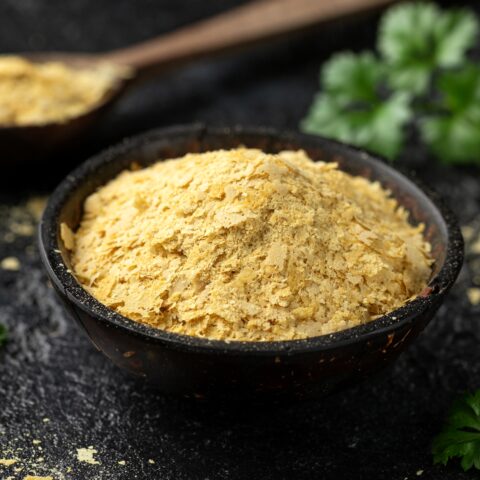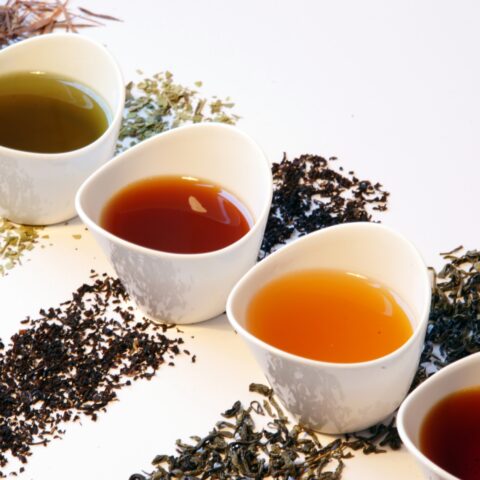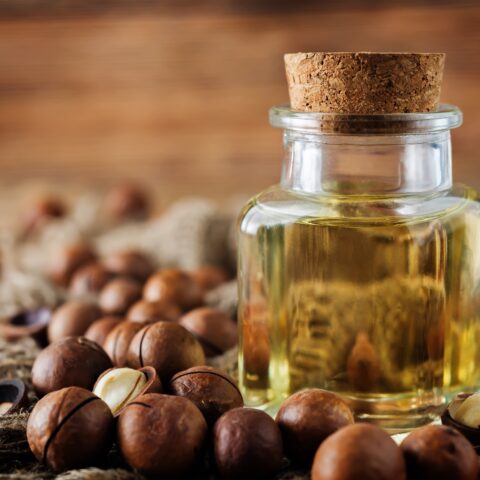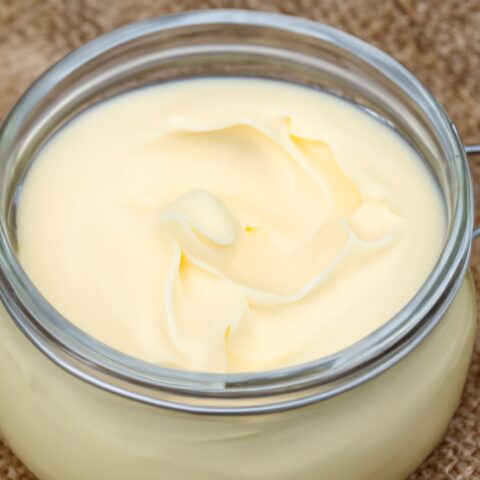Is Ghee Paleo?
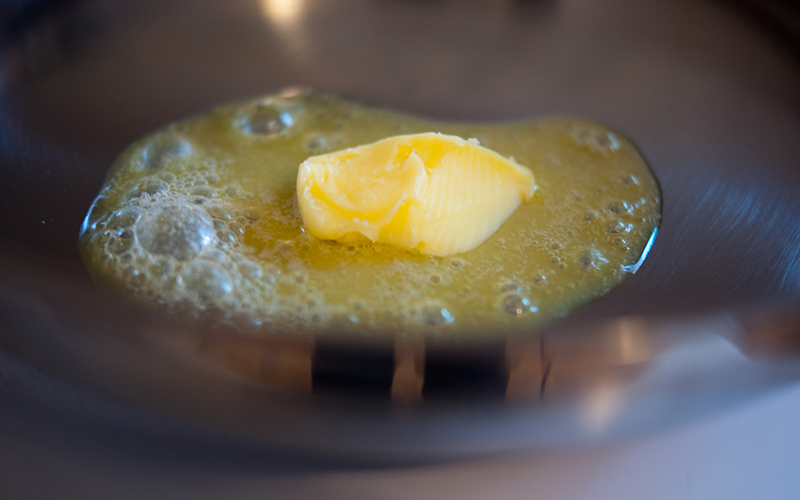
We know butter isn’t Paleo, but what about ghee?
If you’re not familiar with ghee, it comes from the Sanskrit word ghrita, meaning bright, and is clarified butter fat in which most of the water has been boiled off and the nonfat solids removed by continued heating, filtration, or decanting the remaining oil mixture. [1]
Traditional societies in India and elsewhere have produced and consumed ghee since at least 1500 BC. [1]
How Is ghee manufactured?
There are four commercial ways to produce ghee, and they all rely upon heating at temperatures from 105° to 118° C to remove the water: [1]
- Milk butter or desi method
- Direct cream method
- Cream butter method
- Pre-stratification method
Ghee typically contains milk fat (99 to 95%), water (< 0.5%) and protein (0.1%). The butter fat remaining in ghee after boiling and removal of nonfat solids contains saturated fatty acids (53.9 to 66.8%), polyunsaturated and monounsaturated fatty acids (22.8 to 38%), free fatty acids bound to albumin (1-3%), and cholesterol (0.15 to 0.30%). [1, 2]
The dangers of oxidized cholesterol
In 1987, the scientist MS Jacobson first pointed out that ghee contained high concentrations (12.3%) of oxidized cholesterol, otherwise known as oxysterols. [3] He suggested that the consumption of ghee, with its high levels of oxidized cholesterol, by Indian immigrant population living in the UK likely represented an important dietary risk factor for atherosclerosis and heart disease. [3]
It was later demonstrated in human, animal, and epidemiological studies that indeed, dietary intake of oxidized cholesterol accelerates the rate of atherosclerosis or the hardening of the arteries, as well as increasing the size of the arterial plaque.[4, 5, 6]
Because of their atherogenic, cytotoxic and pro-inflammatory effects, oxidized cholesterol food products are almost universally recommended to be reduced or minimized in our diets. [7, 8, 9]
The final aspect of the ghee story that requires further scrutiny is the high concentration (12.3%) of oxidized cholesterol that Jacobson initially reported in 1987. [3] This value has been questioned because of the analytical procedures that were used to measure the oxidized cholesterol. [9]
More recent studies suggest this high value may have been incorrect. [9, 10, 11]
Fresh butter and cream samples contain barely detectable concentrations of oxidized cholesterol, whereas ghee manufactured at temperatures below 120°C contained 1.3% oxidized cholesterol. [10, 11]
Whether or not regular consumption of oxidized cholesterol at this lower concentration can still induce atherosclerosis in humans is currently unknown. However, part of the problem with ghee is that it is frequently used to fry food or is re-used many times in cooking foods. Both of these procedures are known to increase oxidized cholesterol to levels known to cause atherosclerosis in animal models. [4] Foods fried in ghee may contain 7.1% oxidized cholesterol, whereas intermittently heated ghee contains 8.1 to 9.2% oxidized cholesterol. [10]
So, is ghee Paleo?
My advice is to skip ghee altogether and replace it with virgin olive oil for Paleo cooking and in salads.
References
1. Sserunjogi ML, Abrahamsen RK, Narvhus J. A review paper: Current knowledge of ghee and related products. Int Dairy J. 1998;8:677–88.
2. Sarojini JK, Ubhayasekera SJ, Kochhar SP, Dutta PC. Lipids and lipid oxidation with emphasis on cholesterol oxides in some Indian sweets available in London. Int J Food Sci Nutr. 2006 Nov-Dec;57(7-8):451-8.
3. Jacobson MS. Cholesterol oxides in Indian ghee: possible cause of unexplained high risk of atherosclerosis in Indian immigrant populations. Lancet. 1987 Sep 19;2(8560):656-8.
4. Soto-Rodríguez I, Campillo-Velázquez PJ, Alexander-Aguilera A, Rodríguez-Estrada MT, Lercker G, Garcia HS. Biochemical and histopathological effects of dietary oxidized cholesterol in rats. J Appl Toxicol. 2009 Nov;29(8):715-23
5. Staprans I, Pan XM, Rapp JH, Feingold KR. The role of dietary oxidized cholesterol and oxidized fatty acids in the development of atherosclerosis. Mol Nutr Food Res. 2005 Nov;49(11):1075-82.
6. Staprans I, Pan XM, Rapp JH, Moser AH, Feingold KR. Ezetimibe inhibits the incorporation of dietary oxidized cholesterol into lipoproteins. J Lipid Res. 2006 Nov;47(11):2575-80.
7. Otaegui-Arrazola A, Menéndez-Carreño M, Ansorena D, Astiasarán I.Oxysterols: A world to explore.Food Chem Toxicol. 2010 Dec;48(12):3289-303.
8. Hur SJ, Park, GB, Joo ST. Formation of cholesterol oxidation products (COPs) in animal products. Food Control 2007;18:939-947.
9. Sieber R. Oxidised cholesterol in milk and dairy products. Int Dairy J 2005;15:191-206.
10. Kumar, N. and Singhal, O. P. (1992), Effect of processing conditions on the oxidation of cholesterol in ghee. J. Sci. Food Agric., 58: 267–273.
11. Kumar MV, Sambaiah K, Lokesh BR. Effect of dietary ghee–the anhydrous milk fat, on blood and liver lipids in rats. J Nutr Biochem. 1999 Feb;10(2):96-104.
Note: This Article was originally released from The Insider Vault: What’s the Skinny on Ghee?
Loren Cordain, Ph.D.
As a professor at Colorado State University, Dr. Loren Cordain developed The Paleo Diet® through decades of research and collaboration with fellow scientists around the world.
More About The Author
